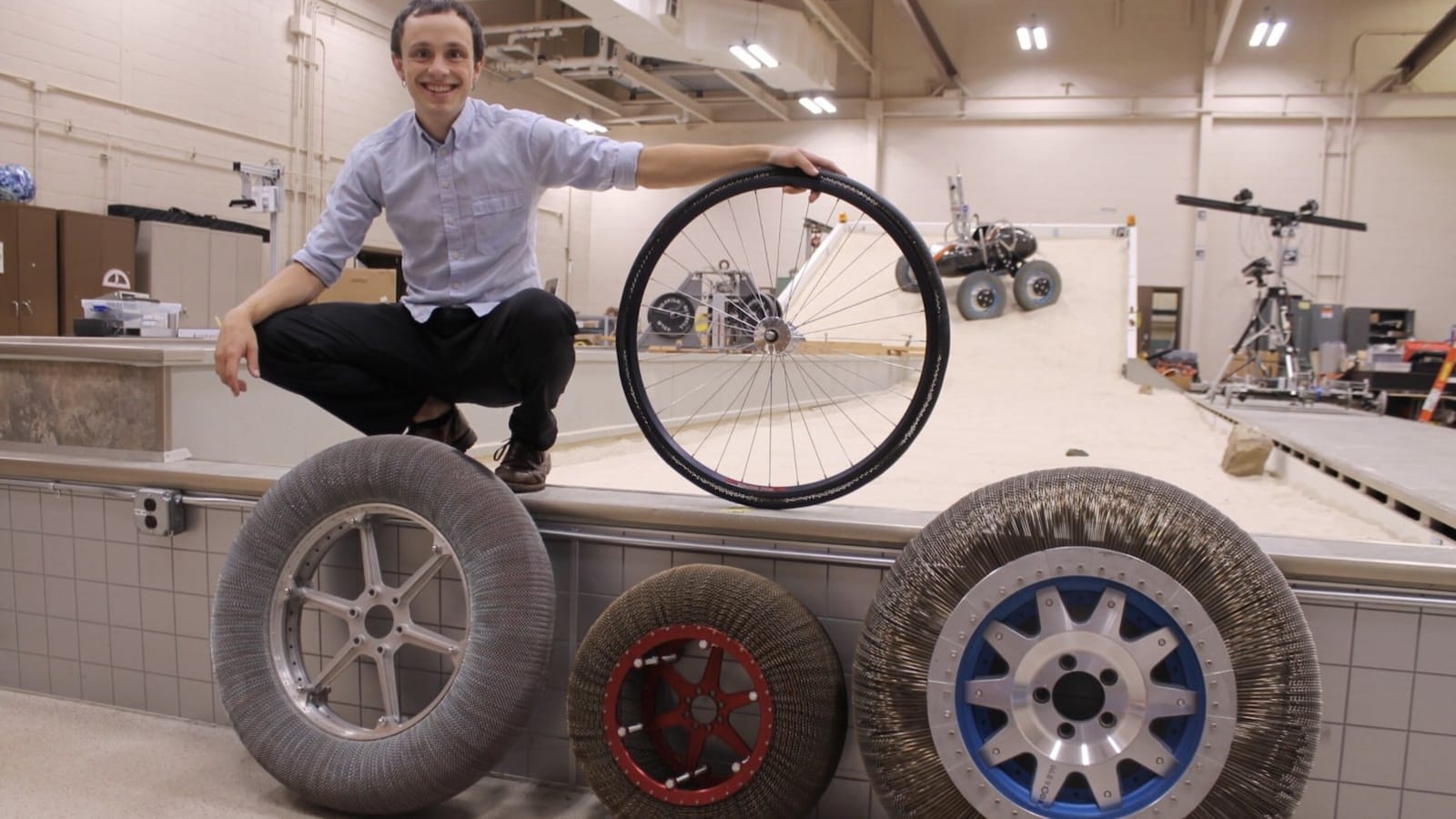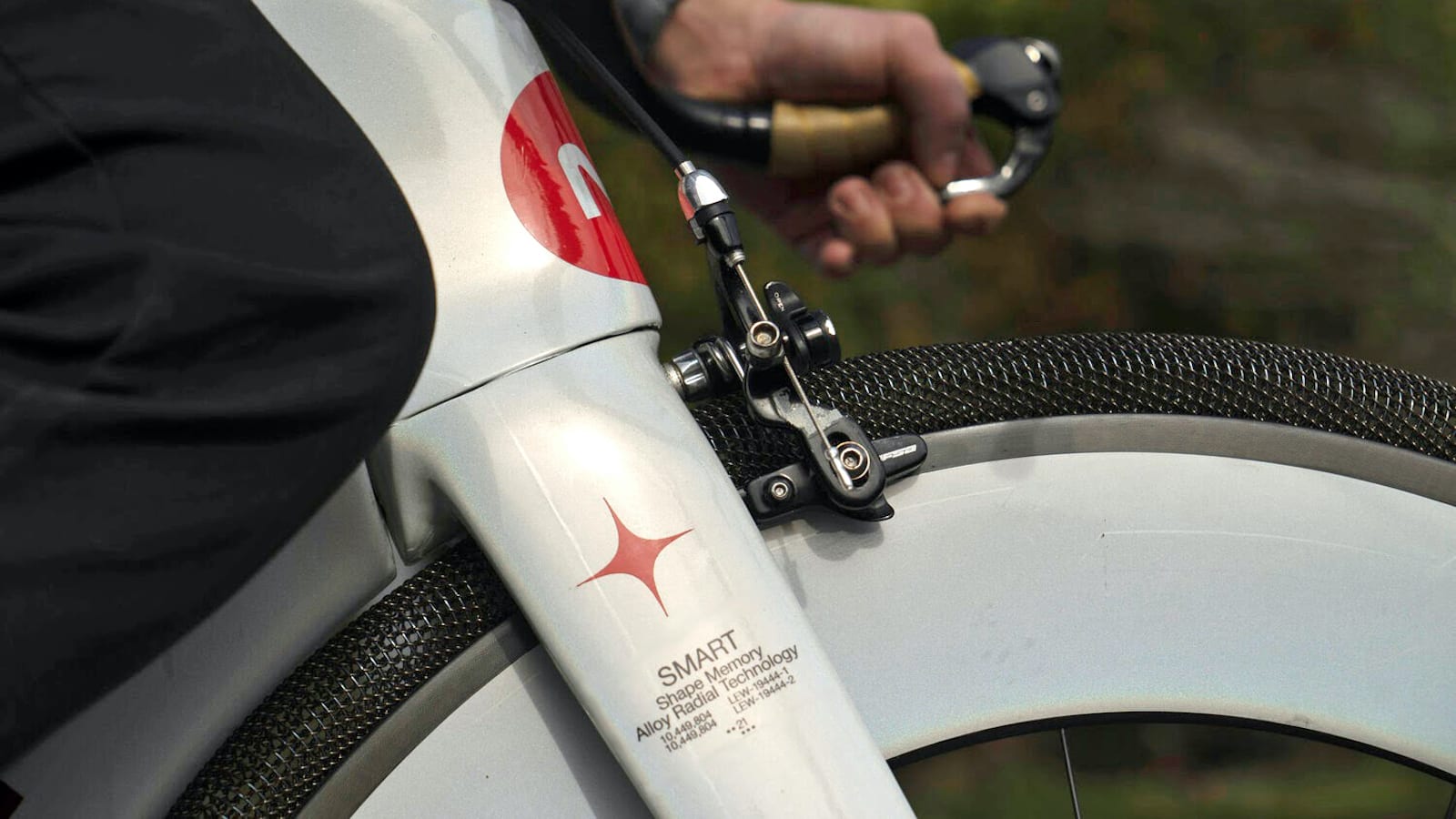NASA has been developing metal tires at its Glenn Research Center in Cleveland, Ohio for over seven years, spending “several million dollars” on them. Now the aerospace tires made of NiTinol, a mold metal alloy made of nickel and titanium that spring back after being deformed, are about to enter consumer space. The Smart Tire Company’s first application will be for bicycles.


First, more about NiTinol: While the original Lunar Rover used steel mesh wheels developed by Goodyear, concerns about size, weight and gravity meant that new technology was needed for rovers to cross the surface of Mars. roll. While most Mars rovers have machined wheels from solid chunks of aluminum, including the current Perseverance Rover, future space buggies will likely use NiTinol. The same properties that make these metal bands useful on Mars make them ideal for certain terrestrial applications.
The first METL (Martensite Elasticized Tubular Loading, if you need to know) tires will be sold commercially in the first quarter of 2022. They will be offered in gold, silver, and metallic blue hues, and coated with a “tread” called polyurethane These METL tires are expected to last as long as a bicycle, although the rubber coating will need to be reapplied occasionally, and since there is no compressed air in them, flats won’t be a problem.
While bicycle tires will be the first commercial application, The Smart Tire Company has plans to expand into other industries, including ATVs, cars and trucks. The company claims its tires are environmentally friendly because they reduce the use of rubber, petroleum and other chemicals used in today’s tires and last longer. They have already been tested on a Jeep Wrangler, as you can see in the video above. They also work with Spin, Ford’s mobility subsidiary.
